
In hot work zones, the danger often comes from below.
Molten metal flows down. Sparks fall. Grinding debris bounces upward. But most of the time, companies focus PPE on the upper body—leaving legs and waistlines exposed to serious injury risks.
The solution? Reinforced work trousers and industrial aprons, specifically built for the lower body in high-heat and metalworking environments.
Let’s look at how to protect what’s below the belt—without compromising movement, comfort, or compliance.
Why Lower Body Protection Is Critical in Metal Work
While helmets and jackets get most of the attention, metal industry injuries often occur in the lower zones:
- Molten metal droplets landing on thighs or knees
- Sparks pooling on boots and ankles
- Sharp swarf and slag bouncing off grinding wheels
- Thermal burns from kneeling on hot surfaces
- Hot tools or splashes dropped accidentally
⚠️ A loose pant cuff or exposed kneecap can turn into a third-degree burn site in seconds.
✅ Lower body PPE is not optional—it’s a frontline defense against real, frequent injuries.
Types of Lower Body PPE for Metal Industry Workers
| Gear Type | Best Use Scenario |
|---|---|
| Reinforced Work Pants | Welding, grinding, light fabrication |
| Heat-Resistant Coveralls | Full-body tasks, overhead welding, casting |
| Leather or Aluminized Aprons | Pouring zones, grinding operations |
| FR Gaiters / Spats | Boot and ankle protection from splash/sparks |
| Kneeling Pads / Inserts | Long-duration welding or ground-level work |
✅ The best protection often combines pants + apron + ankle guards, layered for full coverage.
Key Features of High-Quality Metaltech Work Trousers
When sourcing, look for:
- Inherent FR or treated FR fabric (EN ISO 11612 / NFPA 2112)
- Double-layer reinforcement at knees, thighs, seat areas
- Ergonomic gusseted crotch for full leg movement
- High waist or bib-top options to block splash entry
- No cuffs or turn-ups (they catch sparks!)
- Wide belt loops for tool support or apron strapping
- Triple-stitched seams + bar tacking at stress points
✅ Add removable knee pad slots for workers who crouch or kneel often.
Choosing the Right Industrial Apron
Aprons offer extra protection over pants—especially in splash or impact zones.
| Material | Ideal Use | Notes |
|---|---|---|
| Split Leather | Grinding, welding, cutting | Flexible, durable, protects from sparks |
| Aluminized Fabric | Pouring, molten splash areas | Reflects radiant heat, heavier, stiffer |
| Canvas + FR Cotton | Light welding / torch work | Lightweight, good for mobility |
| Hybrid Aprons | Mixed work zones | Combine leather center + FR cotton sides |
Features to look for:
- Full chest to mid-thigh coverage
- Adjustable neck and waist straps
- Cross-back design to prevent neck strain
- Tool loops or chest pockets
- Flame-resistant threading and hardware
✅ Aprons are NOT just for front-line protection—they prevent sparks from pooling in lap zones, a common injury site.
Integration Tips: Pants + Apron + Spats
Build your lower-body system like this:
- FR work trousers: Base layer, mobility + basic coverage
- Industrial apron: Middle layer for high-splash tasks
- Gaiters or spats: Bottom shield for boots, ankles, and pants cuffs
Don’t forget: metal flows down. Your PPE should reflect that risk path.
Common Mistakes to Avoid
- ❌ Standard jeans or work pants under a welding jacket
- ❌ Pants with synthetic blends (they melt!)
- ❌ Aprons without FR certification used near molten metal
- ❌ No gaiters, leaving boot tops exposed
- ❌ Unreinforced knees in jobs that require constant squatting
✅ Comfort is important, but never at the expense of full-area coverage.
What to Ask Before Ordering
- Are these trousers EN ISO 11612-certified (specifically A/B/C/D/E/F levels)?
- Is the apron splash-rated or just spark-resistant?
- What’s the expected wash durability of the FR treatment?
- Are reinforced zones double-layer or patch-sewn?
- Can we add our company logo without affecting FR rating?
- Do you offer full sets with trousers + apron + spats for team kits?
At workwearsolutions, we build custom-configured lower body kits for metal shops, foundries, and welding schools, sized by task and exposure level.
Conclusion
In hot work zones, sparks and molten splashes don’t ask if you’re wearing pants or not—they hit where they hit.
As a buyer or safety lead, don’t leave your team’s lower half exposed.
- Choose pants with smart reinforcement and FR compliance
- Add aprons where splash, grind, or slag risk is high
- Use spats or gaiters to protect the most commonly burned zone—your ankles
Need help building a complete lower-body PPE kit that workers will actually wear—and trust? I’m here to make it functional, field-tested, and factory-approved.
📩 Contact: [email protected]
🌐 Visit: www.workwearsolutions.net
Zion Zhang
Recent Posts
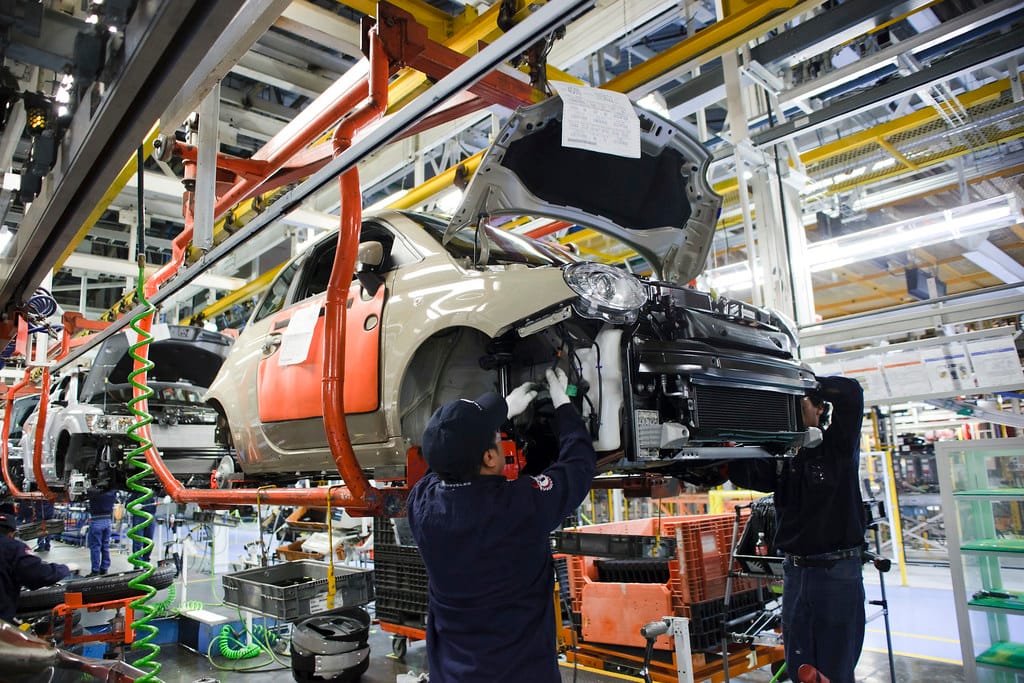 Care and Replacement Guidelines for Metaltech Clothing: Extending PPE Lifespan2025年7月3日Protective clothing doesn’t last forever—but it shouldn’t […]
Care and Replacement Guidelines for Metaltech Clothing: Extending PPE Lifespan2025年7月3日Protective clothing doesn’t last forever—but it shouldn’t […]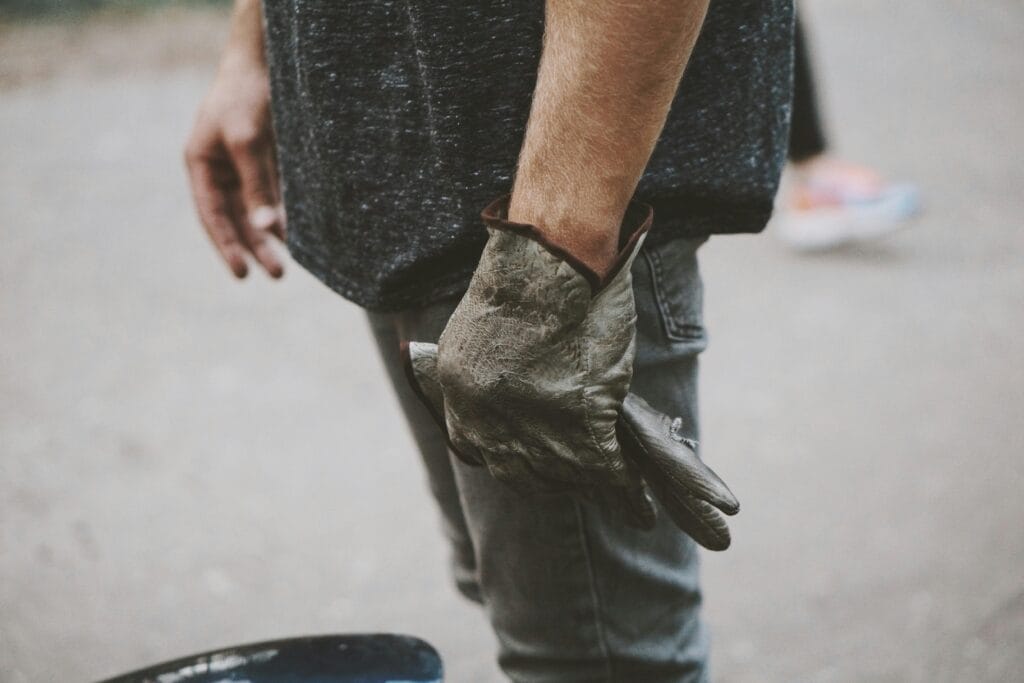 Customization for Metal Industry Workwear: Logos, Colors, and Functional Add-ons2025年7月3日In metal industries, personal protective equipment (PPE) is […]
Customization for Metal Industry Workwear: Logos, Colors, and Functional Add-ons2025年7月3日In metal industries, personal protective equipment (PPE) is […]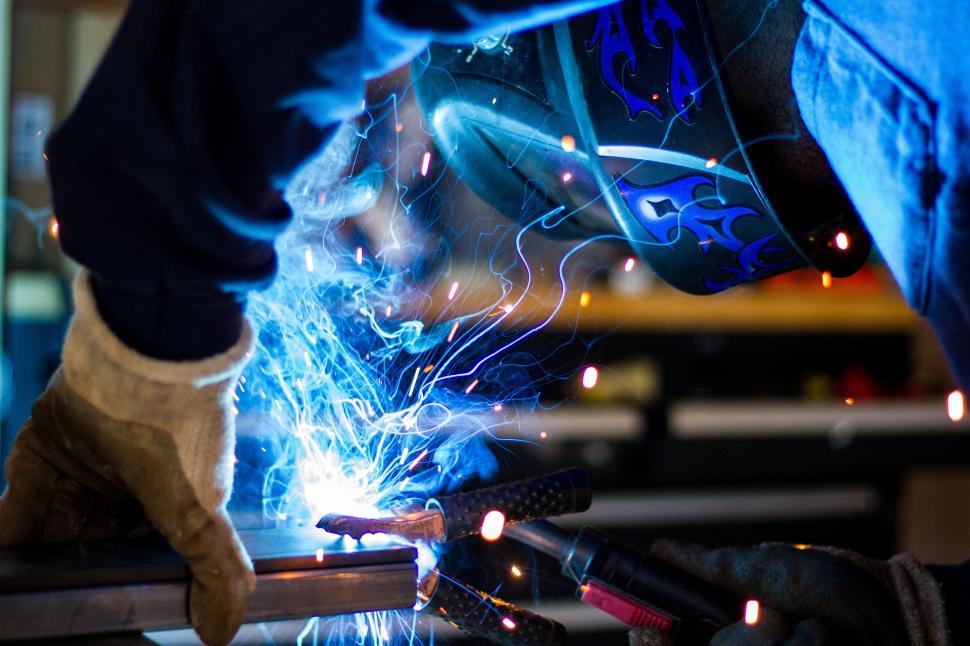 Compliance and Certifications: EN ISO 11611, EN ISO 11612, NFPA 2112 Explained2025年7月3日When buying PPE for metal industries, three numbers come up […]
Compliance and Certifications: EN ISO 11611, EN ISO 11612, NFPA 2112 Explained2025年7月3日When buying PPE for metal industries, three numbers come up […]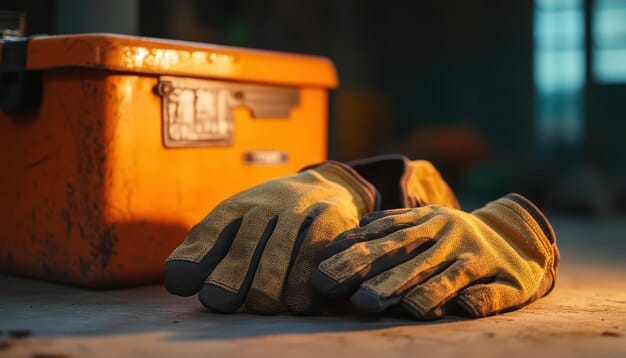 Gloves, Hoods, and Accessories: Complete PPE for Metal Processing Workers2025年7月3日You’ve got the jacket. You’ve got the pants. But what about […]
Gloves, Hoods, and Accessories: Complete PPE for Metal Processing Workers2025年7月3日You’ve got the jacket. You’ve got the pants. But what about […] Heat Stress Management in Metal Industry Clothing: Ventilation, Layers, and Comfort2025年7月2日The biggest PPE failure isn’t always lack of […]
Heat Stress Management in Metal Industry Clothing: Ventilation, Layers, and Comfort2025年7月2日The biggest PPE failure isn’t always lack of […]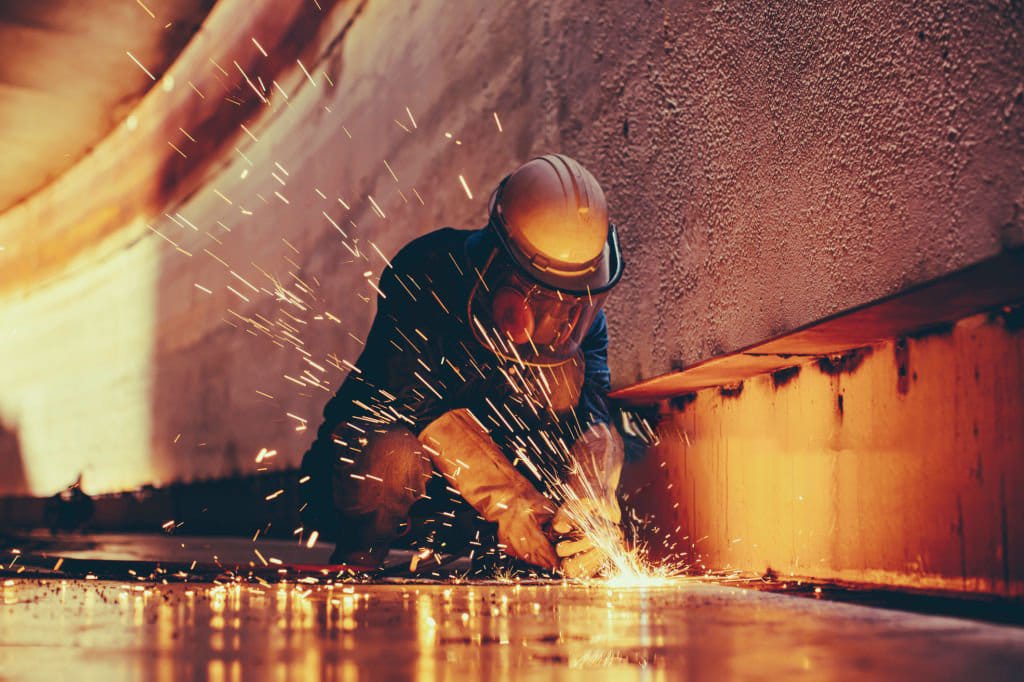 Foundry Workwear: Clothing That Protects Against Molten Metal Splash2025年7月2日In a foundry, danger doesn’t just come from flames—it comes […]
Foundry Workwear: Clothing That Protects Against Molten Metal Splash2025年7月2日In a foundry, danger doesn’t just come from flames—it comes […]
CONTACT US
- Feel free to contact us any time. We will get back to you as soon as we can!
- +86-17330061805
